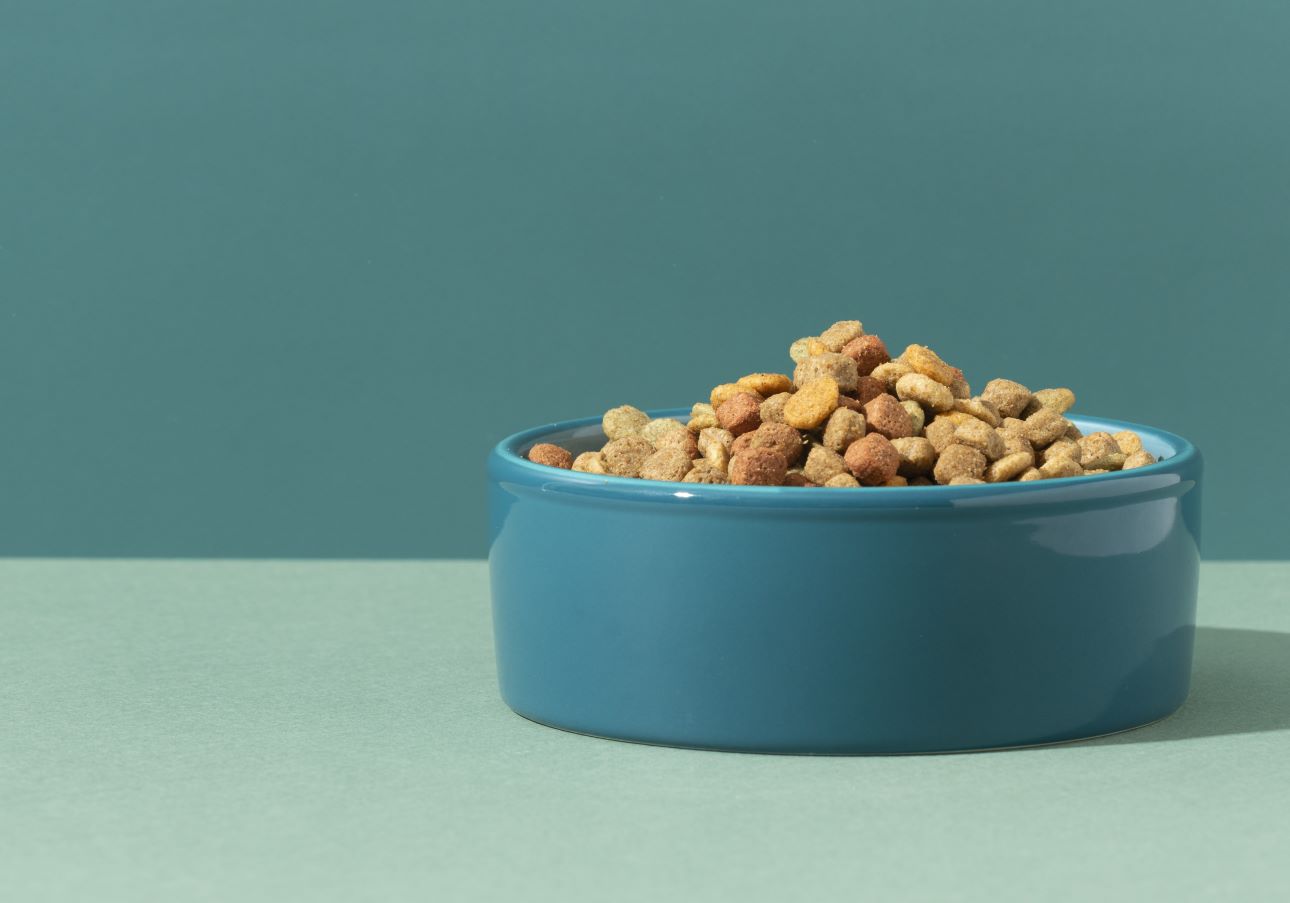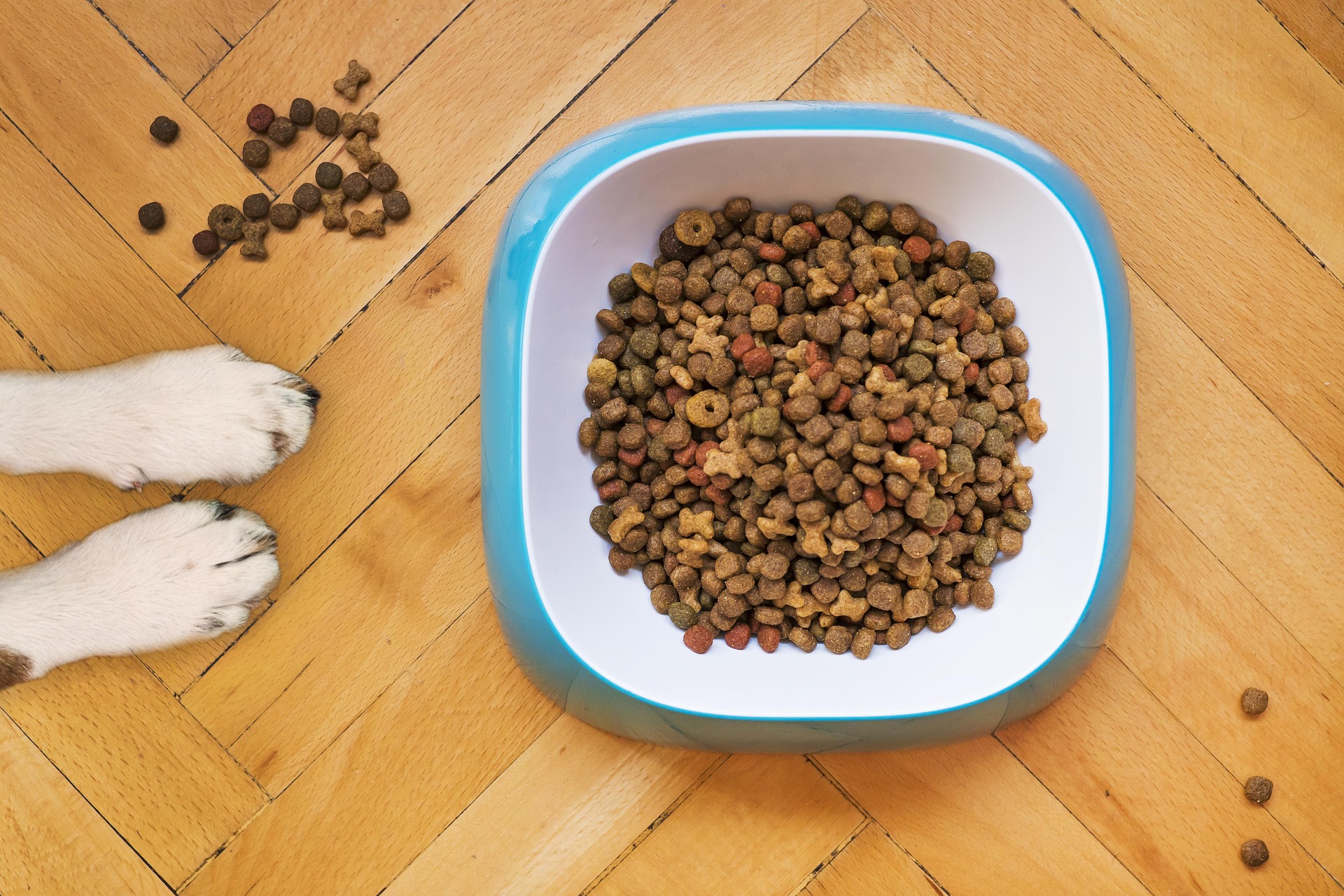Pet Food Labels: Choosing the Best Food for Your Pet
Understanding pet food labels is key to choosing the best diet for your furry friend. Always check the ingredients for real protein, healthy fats, and whole grains. Pay attention to the Guaranteed Analysis for the nutritional breakdown and ensure the food meets AAFCO standards. Avoid harmful additives and opt for foods that cater to your pet’s specific health needs.
As a pet owner, you want to give your furry friend the best nutrition possible, but with so many different pet food brands and types out there, how do you know which one is the right choice? The key to making an informed decision lies in understanding pet food labels. These labels aren’t just a bunch of confusing terms—they hold the answers to what’s inside your pet’s food and whether it’s the right fit for their health and well-being.
In this guide, we’ll help you decode pet food labels like a pro, so you can confidently pick the food that will keep your pet happy, healthy, and thriving. Ready to become a pet food label expert? Let’s dive in!
1. Ingredients List: Your Pet’s Food Story Begins Here
The ingredients list is where the magic happens! It tells you exactly what’s inside the food, listed in order of weight. The first few ingredients are especially important because they make up the bulk of your pet’s meal. Here’s what to look out for:
Real Protein Sources:
Look for specific animal-based proteins like chicken, beef, or fish as the first ingredient. These are the building blocks for strong muscles and healthy organs. A vague term like “meat” or “meat meal” is a red flag, as it doesn’t specify what kind of animal the protein is coming from.
Whole Grains vs. Filler Grains:
Whole grains like brown rice or quinoa provide fiber and energy, helping to keep your pet’s digestive system running smoothly. On the other hand, fillers like corn and soy offer little nutritional value and can be hard for some pets to digest. For a balanced diet, opt for food that lists whole grains (if your pet tolerates them) and avoid fillers.
Healthy Fats:
Healthy fats, such as those from chicken fat, flaxseed, or fish oil, are crucial for energy, healthy skin, and a shiny coat. Omega-3 and omega-6 fatty acids play an important role in supporting your pet’s immune system and cognitive health. Look for these healthy fats in the first few ingredients.

2. THE GUARANTEED ANALYSIS: THE NUTRITIONAL BREAKDOWN YOU NEED
The Guaranteed Analysis section is where you’ll find the basic nutritional content of the food. It’s like a snapshot of what your pet’s diet will provide. Here’s what to look for:
• Crude Protein: The percentage of protein in the food. More protein is generally better, but it should match your pet’s life stage (puppy, adult, senior).
• Crude Fat: The percentage of fat. Fat is an essential source of energy, but too much can lead to weight gain. Choose a balanced amount of fat for your pet’s needs.
• Crude Fiber: Fiber helps with digestion and keeps your pet’s bowels healthy. If your pet has a sensitive stomach, fiber can help soothe their digestive tract.
• Moisture: Wet food will have a higher moisture content, which is great for hydration. If your pet eats dry food, make sure they’re drinking enough water to stay hydrated.
3. Nutritional Adequacy Statement: The "Seal of Approval" for Pet Food
The Nutritional Adequacy Statement is your assurance that the food is nutritionally complete and balanced. If the food is labeled as “complete and balanced,” it means it has gone through feeding trials or meets the standards of the Association of American Feed Control Officials (AAFCO).
Look for a statement like:
• "Formulated to meet the nutritional levels established by the AAFCO Dog Food Nutrient Profiles."
• "Meets the nutritional requirements for all life stages."
If the food doesn’t have this statement, it may not meet the necessary nutritional standards for your pet’s health.
4. Additives, Supplements, and Extra Goodies: The Cherry on Top
While the core ingredients provide the basic nutrition, many pet foods include added supplements for extra health benefits. Here are some common ones:
• Vitamins and Minerals: Essential for your pet’s overall health, from immune support to bone strength. Look for vitamins A, D, and E in the mix.
• Probiotics: These beneficial bacteria promote a healthy gut and digestion. If your pet has a sensitive stomach, probiotics are a great addition.
• Glucosamine & Chondroitin: Often found in food for older pets, these ingredients support joint health and mobility. If you have a senior pet, look for these in their food.
These added supplements can offer great benefits, but they shouldn’t be the main focus of your pet’s diet. The base ingredients should still be high-quality and well-balanced.

5. Harmful Additives to Avoid: Watch Out for These Red Flags
Not all ingredients are created equal. Some pet foods contain artificial additives, preservatives, and other questionable ingredients. Here are some to avoid:
• Artificial Colors and Flavors: These are often used to make the food look or taste more appealing, but they provide no nutritional value and can cause allergic reactions.
• BHA/BHT: These synthetic preservatives can potentially be harmful in large amounts. Choose foods with natural preservatives like vitamin E or C.
• Propylene Glycol: This preservative is used in some pet foods but can be toxic in high doses. Opt for natural, preservative-free options when possible.
Look for foods with simple, natural ingredients and avoid unnecessary additives.
6. Dry vs. Wet vs. Raw: Finding the Best Type of Food for Your Pet
The type of food you choose—dry, wet, or raw—depends on your pet’s preferences, health needs, and lifestyle. Let’s break it down:
Dry Food (Kibble):
Dry food is affordable, convenient, and great for dental health, as it helps scrape plaque off teeth. However, it’s lower in moisture, so be sure your pet is drinking enough water.
Wet Food (Canned):
Wet food contains more moisture, which is beneficial for pets who don’t drink enough water. It’s also more palatable for picky eaters but tends to be more expensive.
Raw or Freeze-Dried:
Raw food is as close to a pet’s natural diet as you can get, with minimal processing. However, it requires careful handling to avoid bacterial contamination. If you choose a raw diet, make sure to follow safety guidelines.

7. Special Diets: Catering to Your Pet’s Unique Needs
Pets may have specific dietary requirements based on their age, health, or breed. Look for food that caters to:
• Puppy or Kitten Formulas: Packed with the nutrients they need for growth and development.
• Senior Pet Food: Lower in calories and formulated to support joint health and digestion.
• Allergy-Friendly or Grain-Free Diets: Perfect for pets with sensitivities or food allergies.
• Weight Management: Designed to help pets maintain a healthy weight.
Choosing the right food is just the beginning! Now that you're equipped with the knowledge to make smarter choices when it comes to your pet's food, why not take the next step in ensuring your pet’s safety?

No Comments ( as of 3/13/2025 5:14:03 PM )